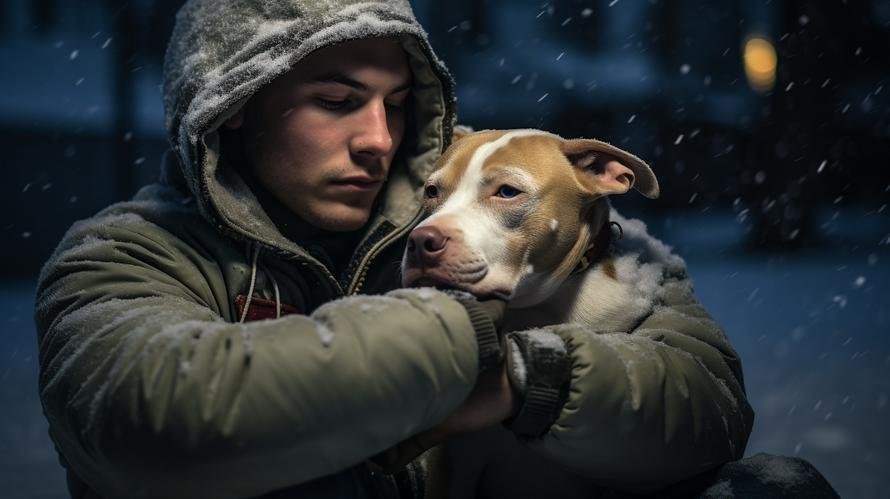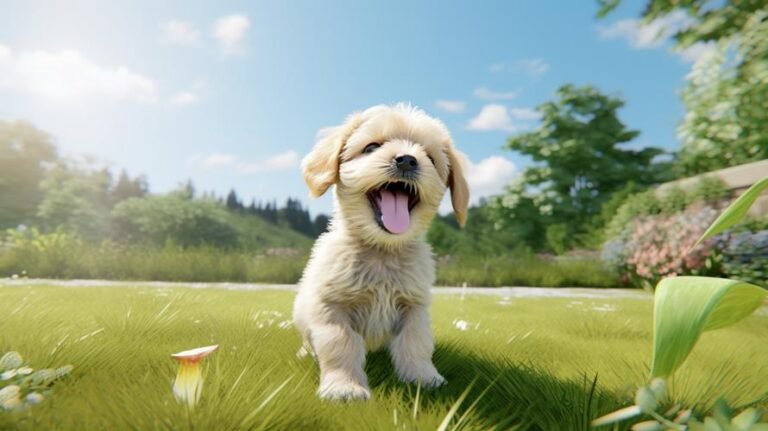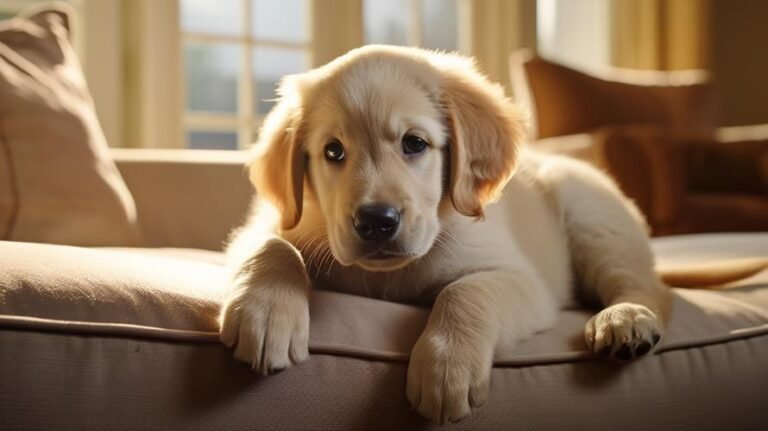It’s a bright sunny afternoon, and you have just brought home your new furry friend; an adorable bundle of joy with a wagging tail and four wiggly feet. One particular thing, however, has you puzzled – a question that has niggled even the most seasoned dog owners; Exactly how long should you wait outside for your puppy to pee?
Picture this common scenario. You’ve just eaten dinner. Your furry companion has wolfed down his food too. Now it’s time to head to the yard and await the predictable fountain of relief. Excitement fills the air as the antsy pup paws at the door. But minutes turn into what feels like eons, and he’s yet to pee! You may find yourself contemplating the limit of this seemingly endless wait. But worry not! The answer to your puppy potty patience is here.
When it comes to house training a puppy, the biggest difficulty is that their signs that they need to relieve themselves can be easily missed, notably in smaller breeds. They don’t yet know how to communicate their needs, resulting to accidents inside the house. One day, you may walk from your room only to discover a mess you’d rather not encounter! That predicament reaffirms a golden rule: constant vigilance and understanding are vital!
New owners may wonder how much time they should allocate daily to waiting for their puppy to pee. Time is highly variable and dependent on a range of factors. However, after numerous consultations with reputed trainers and canine behaviorists, 5 to 15 minutes seems to be a good rule of thumb. This time range offers several benefits. First, it gives them time to sniff around, explore, and locate their designated “bathroom” area. Second, it reduces the likelihood of encouraging unfavourable habits such as playing or wandering off, rather than focusing on the task at hand. Critical to remember is that all success lies in timing.
In making sense of this timeline, the first noteworthy piece of advice is the ‘Rule of 15.’ No, it’s not a principle coined by an ancient philosopher. It’s the wisdom of experienced vets and trainers to tell you that after a meal or a nap, waiting for about 15 minutes before bringing your puppy outside will almost always give you enough time to dash to their ‘bathroom’.
Another reality that might surprise you is that your puppy’s bladder is still very small and developing, so the loo breaks will be frequent. A good estimate is that puppies should be given a bathroom break every 1-2 hours during their initial weeks. It sounds astonishing, but when you grasp the rationale, it’s a lot more manageable.
The miniature bladder of a puppy can only hold urine for a few hours, with the figure gradually increasing as they grow older. So, if you have a 3-month-old puppy, expect about four hours of bladder control maximum. If your puppy is younger, the range will be less, leading us to another handy rule.
Often dubbed as the ‘Hour Rule’, the idea is that for every month a puppy has lived, an hour is added to the holding capacity of their bladder. Newborn? That’s an hour. Three months old? They can hold it in for three hours. Of course, this is just an estimate rather than a rule set in stone.
Now, hydration plays an integral role in the frequency and volume of your puppy’s pee. A well-hydrated pup will pee more often than a dehydrated one. Ensure your puppy stays hydrated yet also keep an eye on that water guzzler! Over-hydration can result in more frequent bathroom breaks, creating a vicious cycle for both of you. A good practice would be to remove the water dish a couple of hours before bedtime. This helps reduce those pesky midnight bathroom runs.
Remember, your pup may not adhere to the guidelines above strictly. These are general observations and should be customized to your puppy’s habits. For instance, some puppies may need to go outside sooner than 15 minutes after eating or sleeping. Keep a keen eye on your furry friend to noodle out the signs of needing to go. They could start circling, sniffing, whining, or showing restlessness once nature calls. Each pup is unique, so the signs can vary.
Training your puppy to pee outside comes with its fair share of trials and tribulations. It’s a test of patience, commitment, and understanding. Take a step back, remember to heave a sigh, and know that this phase, like all others, will pass. Before you know it, your puppy will be peeing outside like a seasoned pro. Hang in there; the rewards at the end of this journey are definitely worth the patience.
In the real world, every puppy is different. Your new companion might quickly get the hang of the great outdoors’ privilege, while others may need a little more time and patience from you. There are no ‘cookie-cutter’ timelines for potty training. Remember, they are just like infants trying to communicate without a common language. But trust the process, remain patient and committed, and soon enough, you’ll have yourselves a potty-trained puppy! Rest assured, your patience will pay off when you can finally relax, knowing your precious rug is safe from “accidents.” You’ll get there; just remember, every little victory counts.
Here’s to happy puppy days, woofs of joy, and a patio filled with small but triumphant puddles!



